Activating The Parasympathetic Nervous System

Summary: Meditation, a practice of inner peace and focus, remains a mixed journey for the author — balancing love and frustration. Despite inconclusive scientific backing, it personally enhances calmness and decision-making. Research highlights meditation’s potential to activate the parasympathetic nervous system, crucial for rest and healing, influencing her preference for calming techniques like Apan Mudra.
Meditation. Hmmmm. I have a love/hate relationship with this practice, which is kind of ironic! Isn’t meditation just supposed to be about inner peace, love and tranquility?! If only!!
What Is Meditation?
As is the case with most things that have a spiritual angle, meditation is difficult to define. It is often called a practice or a skill, one in which you can become more centred, more calm, more balanced. What exactly that practice or skill entails depends on the discipline you use. It is often about focussing the attention, whether on a particular word or phrase, your internal landscape, breathing or even just the present moment that you are in (becoming aware of the sounds around you or feeling the surface under your body as you sit, for example).
Is Meditation Healing?
The results from the scientific literature are conflicting about the benefits of meditation. Proponents of meditation state that meditation can improve stress, anxiety and mood, decrease blood pressure, relieve pain, improve your immune system and improve your cardiovascular system. However, I have been unable to find any clear studies, let alone meta-analyses, that support this view. Research in the field definitely seems to be in its infancy.
Nevertheless, that does not necessarily mean that meditation isn’t worthwhile. For me, I know that I feel calmer and more grounded after sitting in meditation. I know that my life flows more smoothly and my decisions are better. I know that I am working on my energy field when I sit in meditation and that, after all, bodies are purely energy when magnified to their most intricate level. For all these reasons, it improves the quality of my life and increases the positive emotions that Dr Kelly Turner states are key to healing.
When looking at the scientific literature on meditation, something caught my eye. The scientific literature hints at a link between activation of the parasympathetic nervous system when meditation is performed. The parasympathetic nervous system is the part of the nervous system that is more active when the body goes into a state of rest, repair and digestion. It is this branch of the nervous system that is switched off when your body goes into a fight-flight response (the state that I believe is in action when Type 1 Diabetes develops and the state in which I believe a person with Type 1 Diabetes is stuck).
My Meditation Practice In The Past
I first encountered meditation in my twenties, when I had raging anxiety and depression (yes, and probably rage!!). Getting through my days was more than hard work. I wasn’t sure if I was going to make it through those times. I had done all of the doctors visits and been prescribed the good ol’ antidepressants but nothing was really helping. In desperation, I signed up to a yoga course specifically designed to aid those with anxiety and depression. My then yoga teacher was fantastic. She had a wealth of knowledge and a truly compassionate understanding of where I was. She got, right from the outset, that in my highly frazzled and anxious state, getting me to sit in peace and stillness for any length of time just wasn’t going to happen. So my meditation practice started with a simple walking meditation. And, boy, it helped! Just focusing, even for short amounts of time, on raising and lowering my legs with each step gave me a soothing that was in short supply at that time.
I have also done guided meditations in the past and sampled Transcendental Meditation (which the amazing Candace Pert placed great faith in). I think I might have continued my exploration and practice of Transcendental Meditation if I had not also read, at that time, the book “Relaxation Response by Herbert Benson“. In that book, Herbert Benson argues that transcendental meditation, and other meditative practices like it, do not have any particular magic quality, it’s just that they use a specific set of steps that trigger a relaxation response in the body. I will cover these steps, and my thoughts on that book, in a forthcoming blog post.
My Meditation Practice Today
I have more of an on/off relationship with meditation today. I have managed to heal my anxiety and depression so the desperation I had then is no longer powering me to the mat. Instead, as my ADHD becomes more pronounced in my life (or maybe just more visible as I have stripped away the noisier and more consuming layers of anxiety and depression), I am finding it more of a struggle to do things, like meditation, that don’t have an immediate pay-off. I get distracted and frustrated. But those two emotions are ones that definitely benefit from meditation so back I swing to it again!
At the moment, I am meditating most days. I do it in the morning for 15 minutes as part of my morning routine. I have used guided meditations in the past but find that I don’t feel so recharged and relaxed after those. So, these days, I simply sit, close my eyes and watch my thoughts come and go. I may at times pay attention to how my body is in the present moment or observe the coming and going of my breath. It feels playful. I let my focus be with what it needs to be with.


GET HEALINGT1D’S FUTURE ARTICLES IN YOUR INBOX!
Get the latest musings and findings straight to your email inbox.
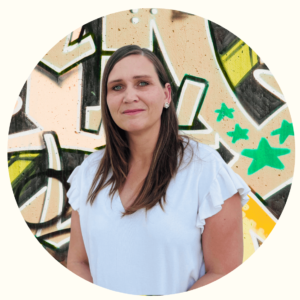
Natalie is a blogger with Type 1 Diabetes. Natalie’s special gifts are questioning the status quo and being a rebel. She is using these gifts to question medical ‘knowledge’ and find a true cure for Type 1 Diabetes.
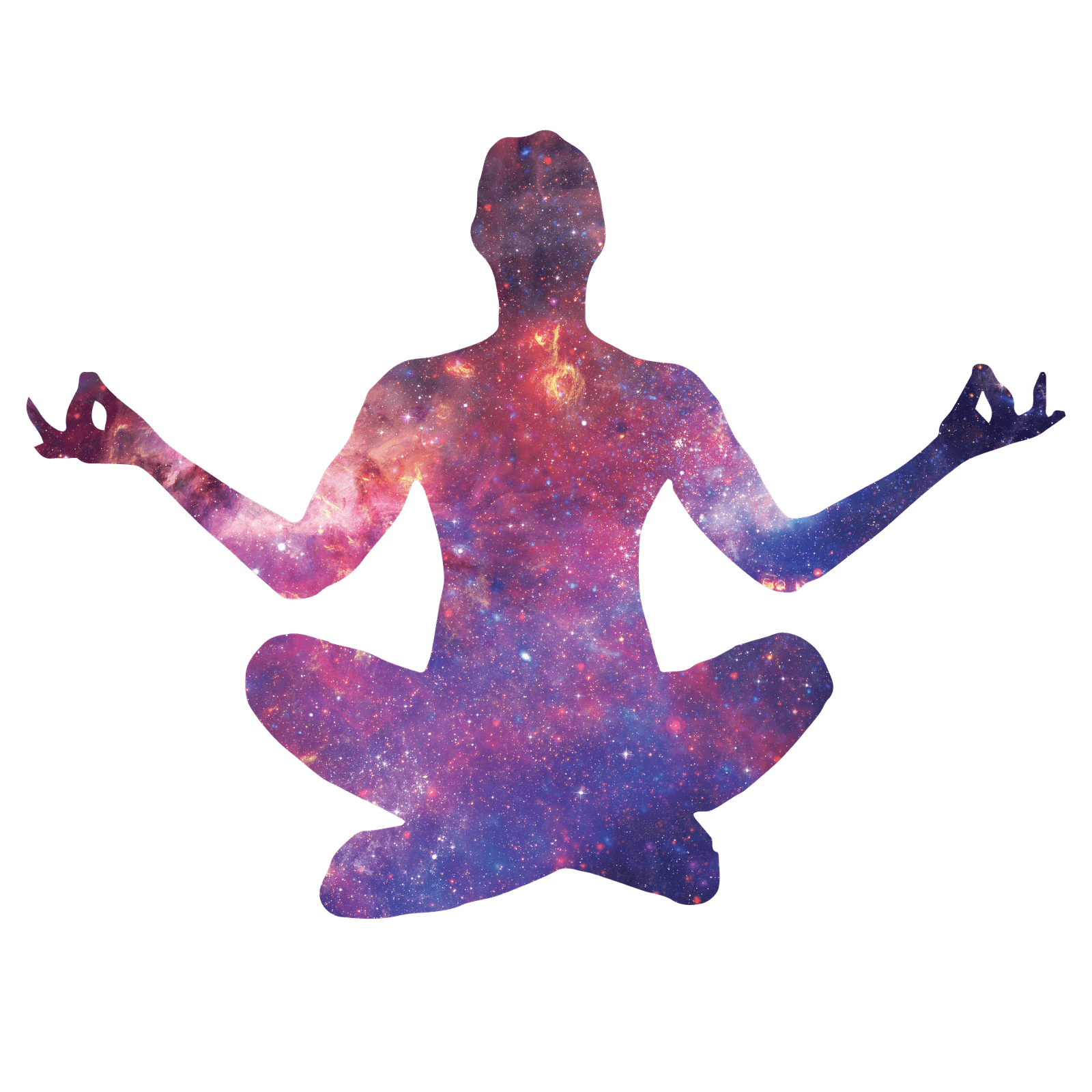


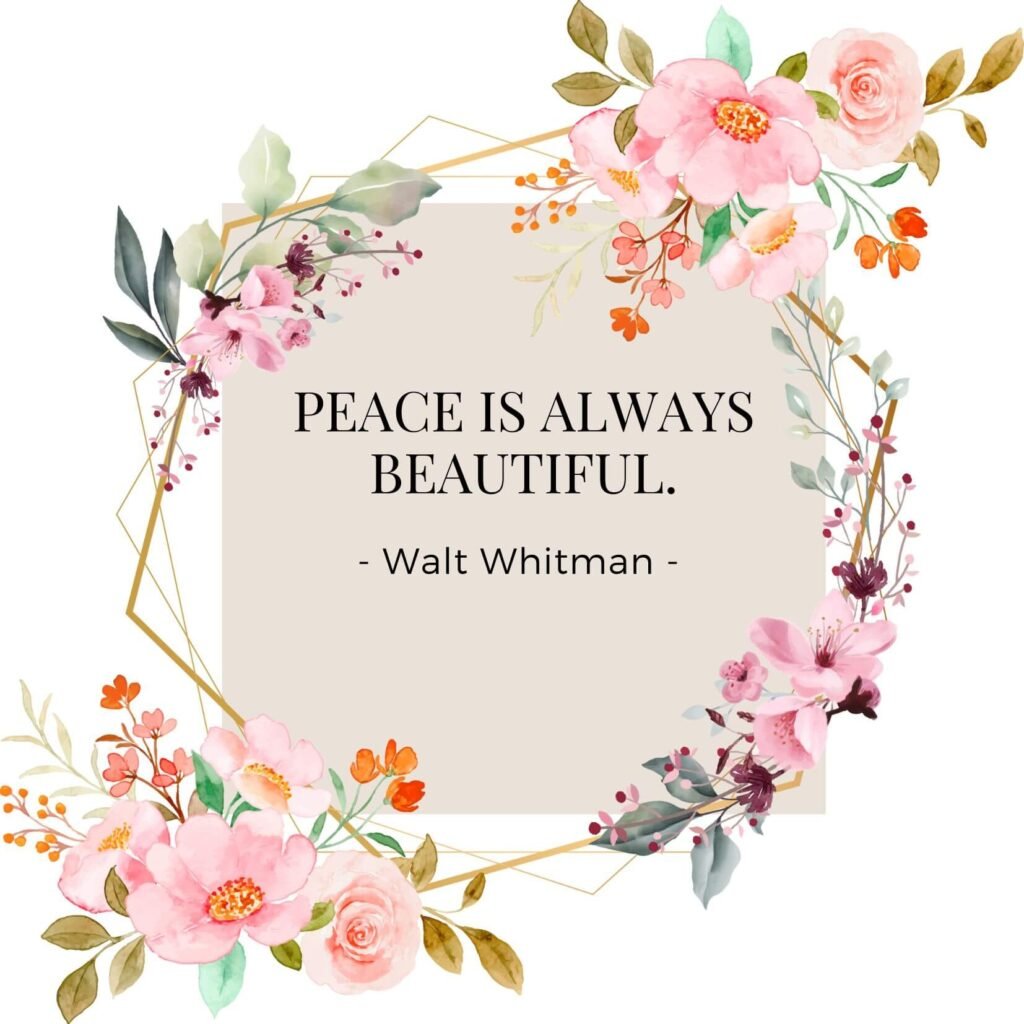



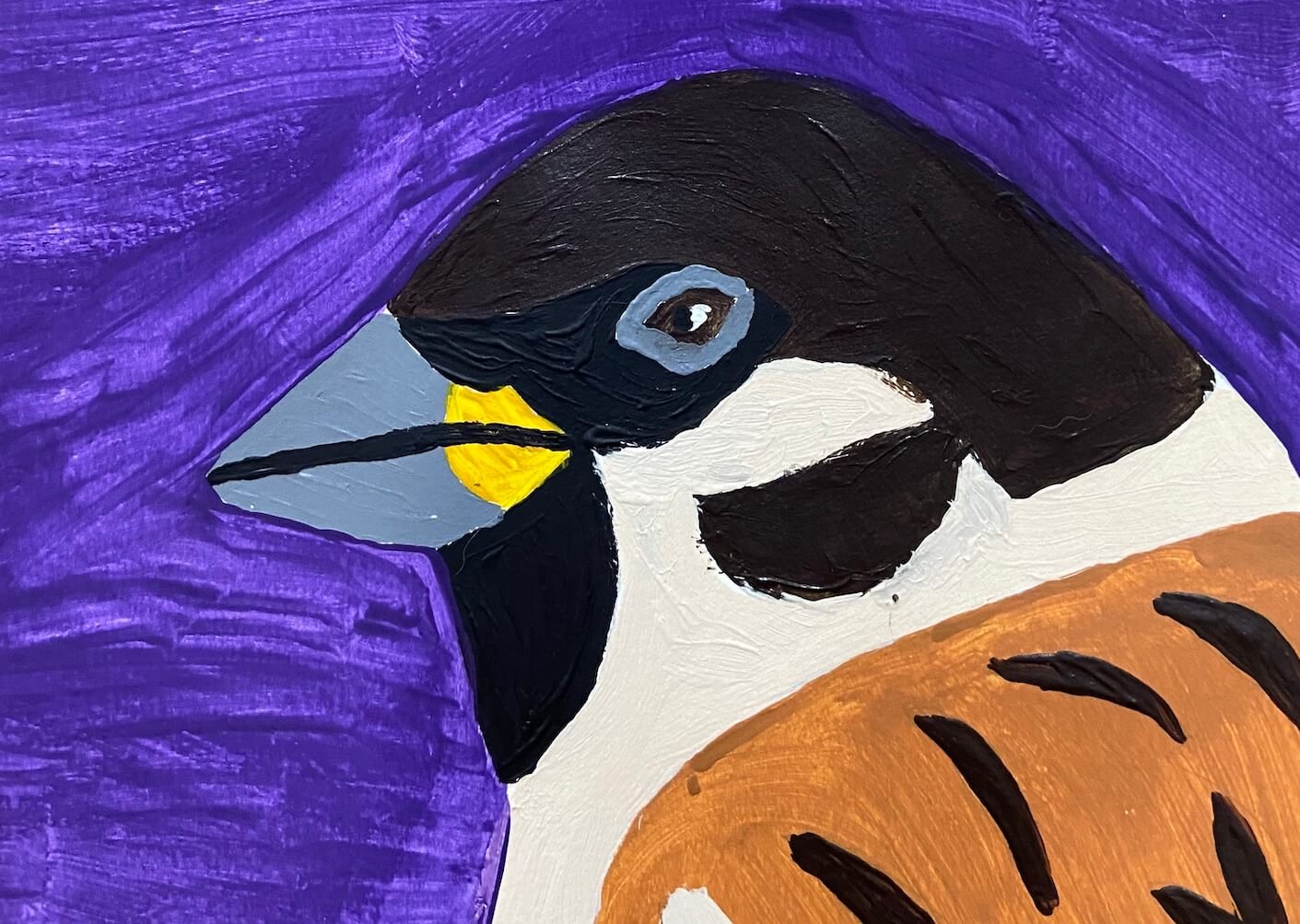
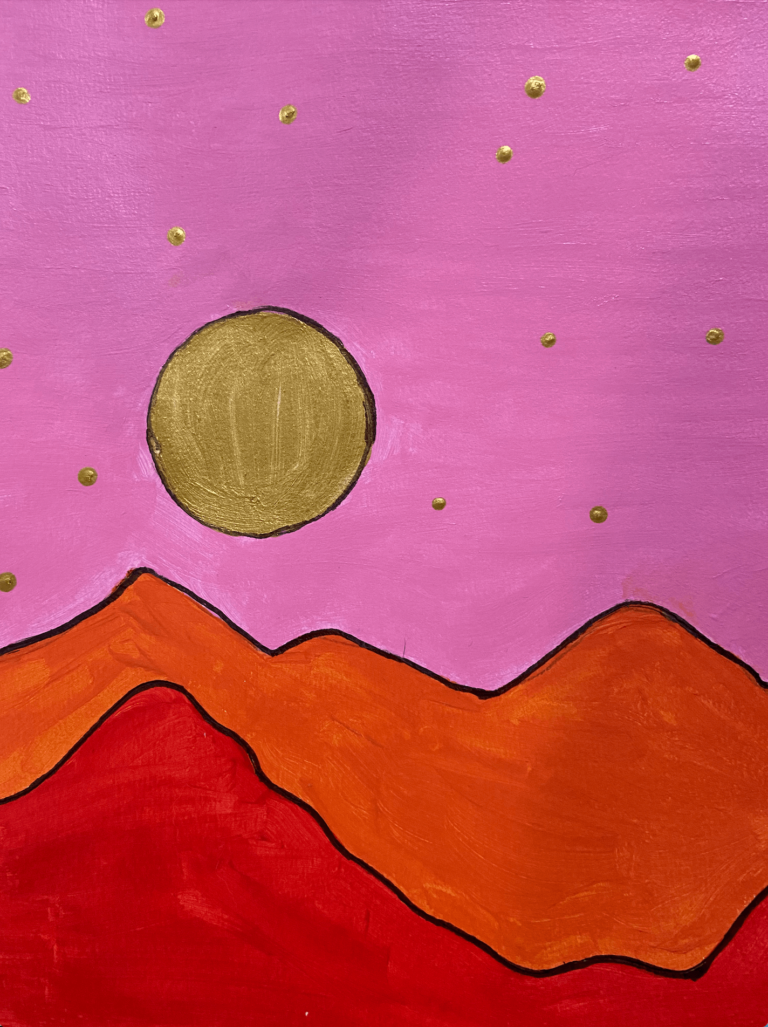

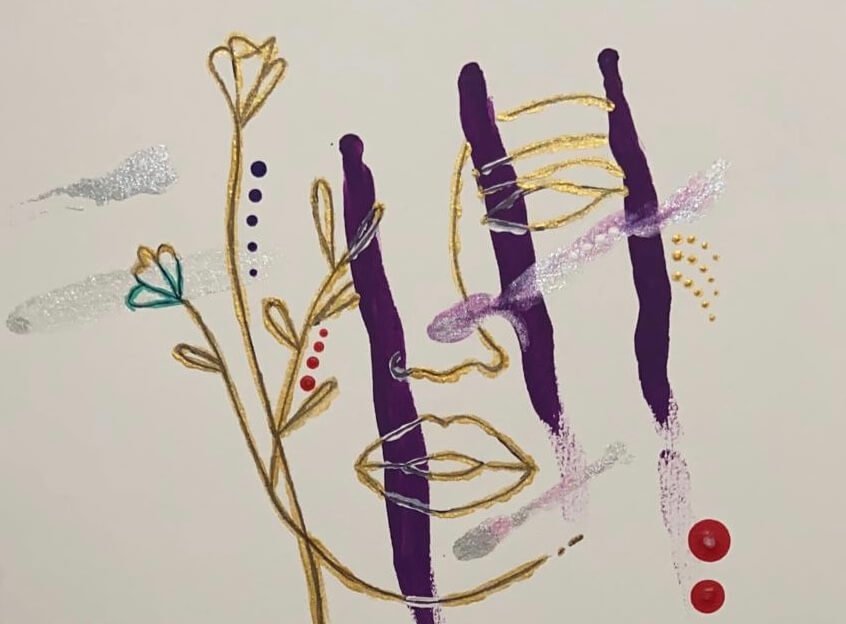
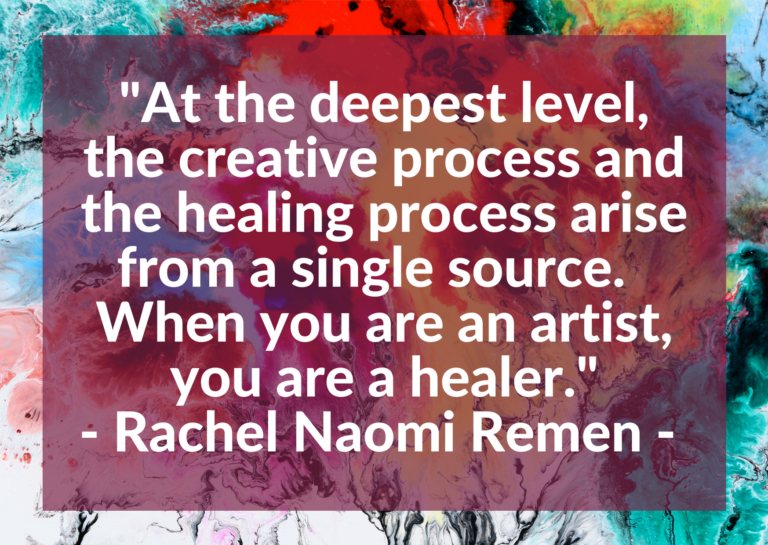

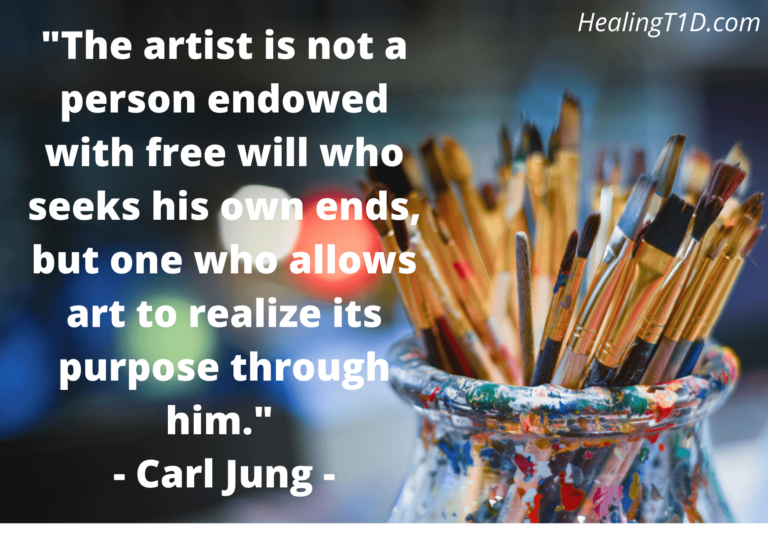
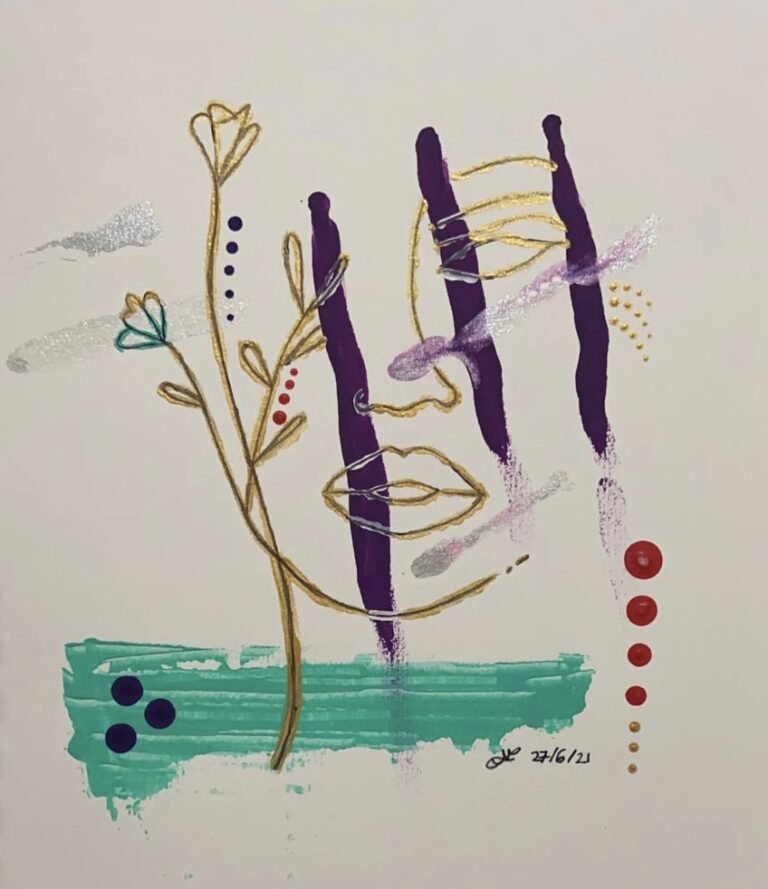




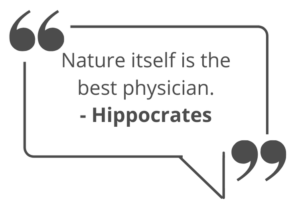


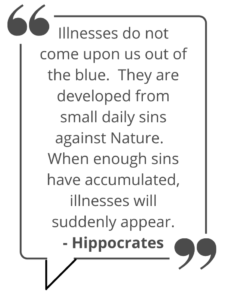
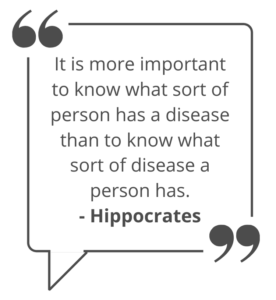
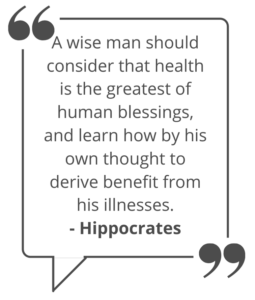
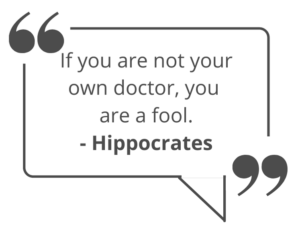
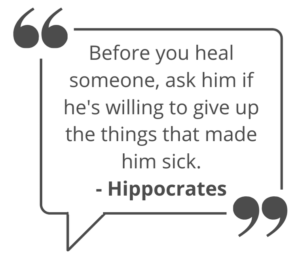

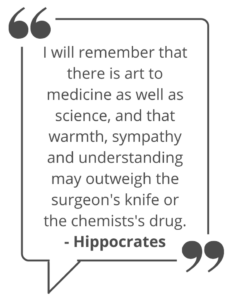
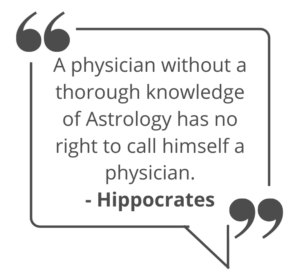
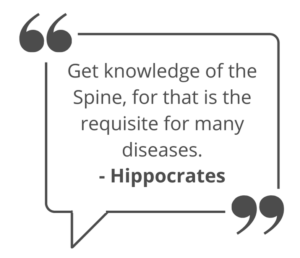



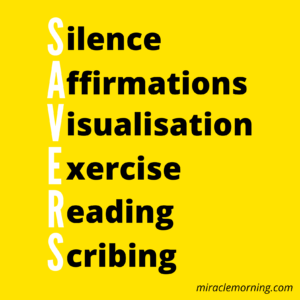
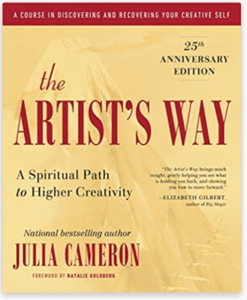 I have heard really great things about something called
I have heard really great things about something called 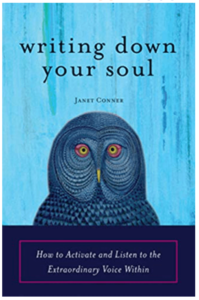 The writing practice I eventually landed on was
The writing practice I eventually landed on was 
 After writing, I usually pray briefly. I like to say thanks for all the good in my life and then I select a prayer from
After writing, I usually pray briefly. I like to say thanks for all the good in my life and then I select a prayer from


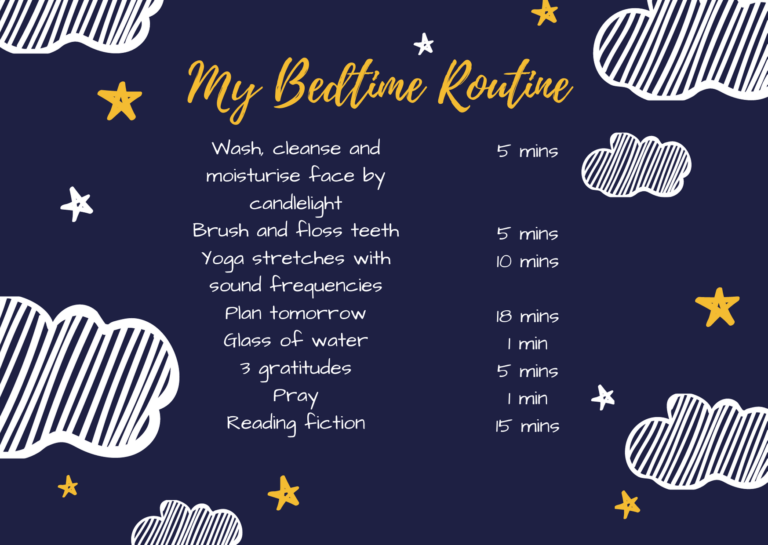

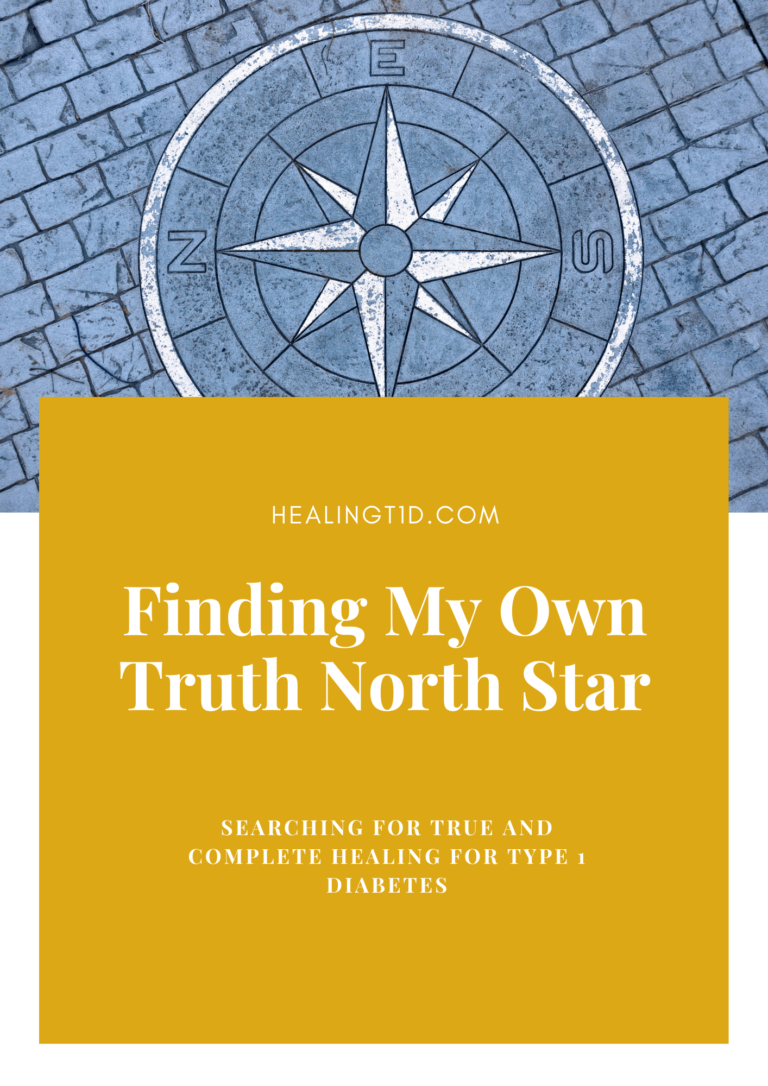
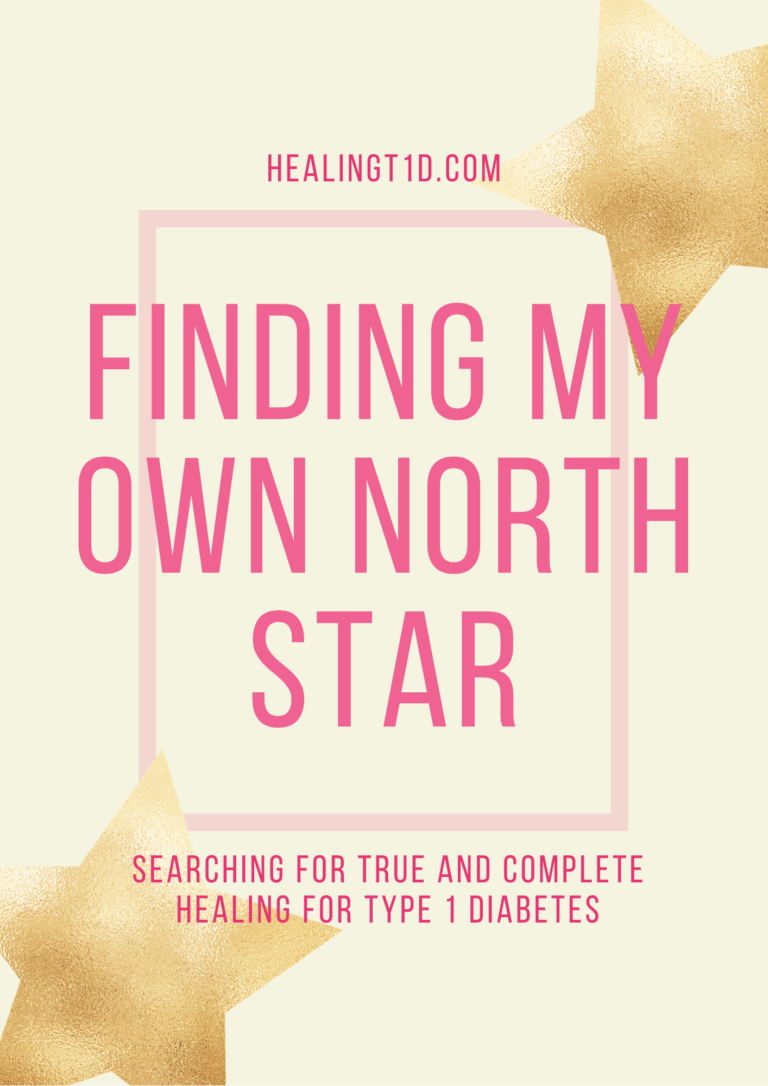




Recent Comments: